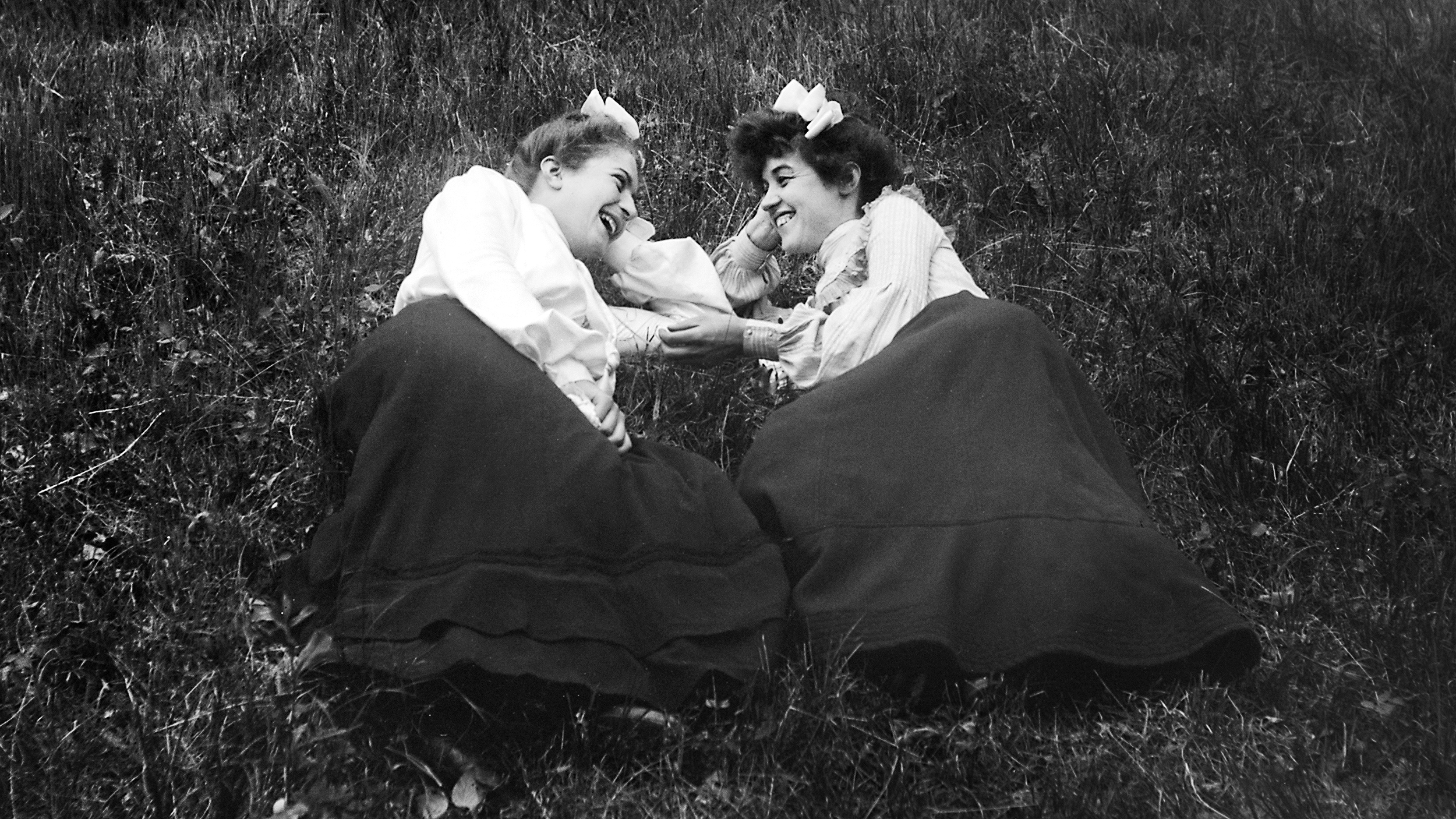Building the Student Graph

The use of social networks has became increasingly complicated over time. In the beginning, Facebook, LinkedIn and Twitter were all basically closed networks of early adopters and therefore filters were not necessary.
With those networks hitting the mainstream and being interconnected as you can cross post your status updates on the different networks, the need for privacy features became a much discussed topic.
The problem is that most early adopters of those social networks, including myself, made wrong decisions about building them. For instance, I was too open and accepted way too many people in my networks because they had been following me in the first place or requested whether I didn’t want to becomes friends. In a nutshell, I did it for the wrong motivation. I was polite, but I didn’t have a real interest. A good motivation would have been that I saw value in what they were writing about or said and shared on the various services.
Just like myself, many must have made similar experiences. I have seen some taking a radical approach of unfriending / unfollowing everyone and then reevaluate their connections, but the social consequences besides the amount of time you needed to invest were simply too off-putting for most people.
The early success of Google+ is part of this. For many of these early adopters it was a possibility to start all over based on what he had learned from the mistakes in the early years of social networking. And Google+ even had an answer to the problem how to categorize someone who is in more than one of your social circles, e.g. a friend that is also your colleague but who is not as close as a family member.
The same phenomenon exists amongst young adults. In high school the number of Facebook friends is an important factor for growing self esteem, it is kind of a Klout for teenagers. Bruce Nussbaum wrote a very interesting piece in October 2010 in which he stated
“The thing is, when you are 14 or 15, all you want in life is those 500 [Facebook] Friends. But when you hit 20, 21 22, you begin to want other things–love, personal, a great first job, family, maybe even privacy.”
But again, unfriending everyone you knew in high school is not a viable solution and though interests, friendships and locations might change over time, those early networks don’t need to be irrelevant. What we need are filters or pigeonholes to sort our relationships.
By now, we are all aware of the ongoing discussion of teachers friending students on Facebook. What many people forget: this is in most cases driven by the simple necessity of the platform. In order to be able to interact properly on Facebook, one needs to add someone as “friend”. And I think the word “friend” does not have the same meaning on the social network, it should be better named as “connection” like on LinkedIn, for example.
And there is a new study that proves: social networking enhances student performance. Building strong bonds with other students which leads to a strong sense of belonging to the school’s community.
Therefore, let’s take a look at some startups that are working on the Student Graph today.
Inigral for example adds a new layer to Facebook which enables students and faculty members to connect and interact on the social network without the need of becoming “friends”. The premise is that freshmen can already make first contacts with fellow students before arriving on the campus and the universities can accompany students throughout the entire career and offer targeted information.
Hoot.Me is another Facebook application that uses the students social graph. The app turns Facebook into study mode, connecting students who work on the same problem via video and text chat. In teacher mode the same rule as above applies, a teacher can invite their class or also selected students without being friends with them. One might say, that although based on Facebook it’s a network in its own right.
Chegg wants to build a one-stop-shop for all students’ needs. On the redesigned platform students can buy or rent textbooks as well as download digital versions, share notes, discuss and get personal tutoring.





